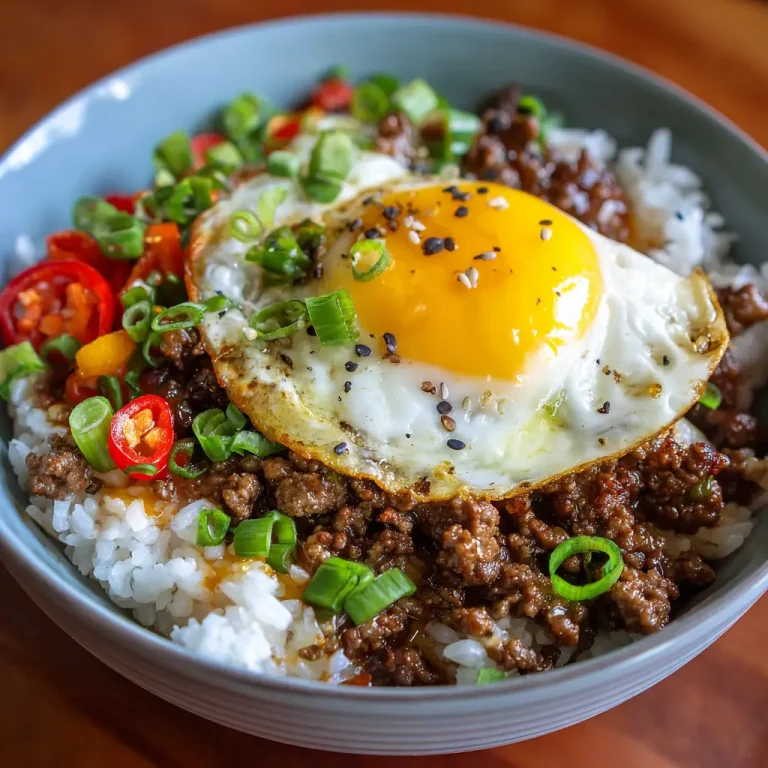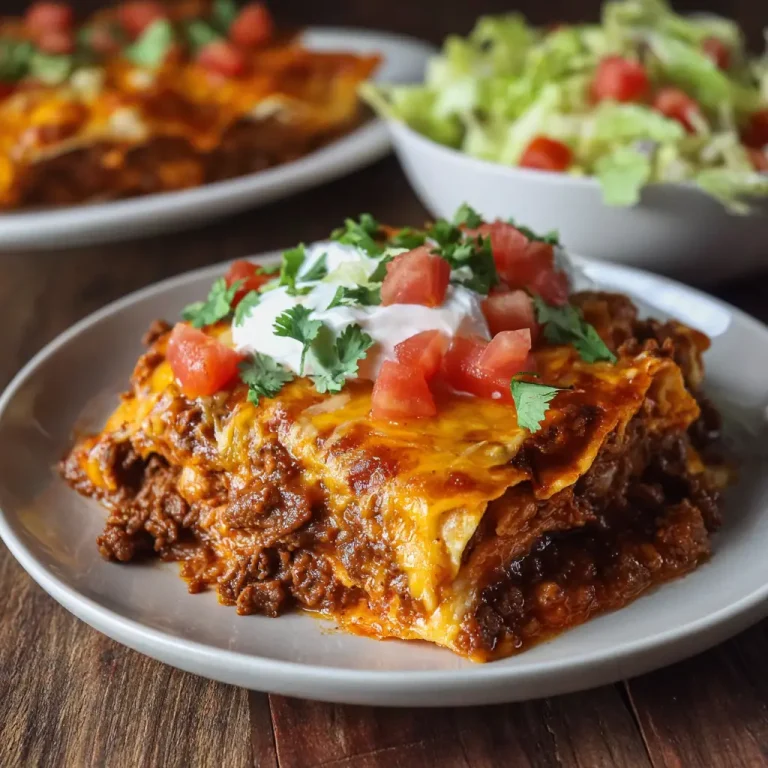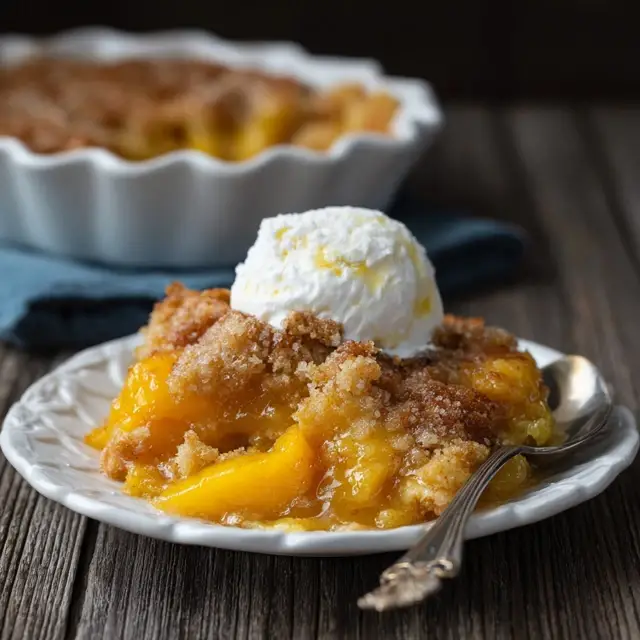Whole Wheat Bread Recipe | Healthy, Homemade, and Easy to Bake
Introduction
Warm fragrant loaves fresh from the oven bring comfort and satisfaction in a way few foods can match. When focused on whole wheat bread the appeal increases ten times because every slice carries wholesome nutrition while remaining soft and flavorful. Skillful bakers find joy in the gentle aroma of whole grain dough rising slowly before baking. Adventures in the kitchen become deeply rewarding when each loaf emerges golden crusted and tender inside. Experience shows that simple ingredients, handled with care and respect, yield breads that become staples at every family table.
Imagine gathering around a table with slices of whole wheat bread still warm, edges slightly crisp, crumb moist and satisfying. A moment like that embodies tradition, nourishment, and community. Guided by such a vision, an expert baker shares methods rooted in patience and understanding of whole wheat flour, natural sweetness from honey or molasses, and texture balancing from water and yeast. Readers join a journey that celebrates wholesome grains, practical technique, and subtle flavor development. Baking becomes more than science. It becomes an expression of care.

Ingredients Needed
Here is a helpful ingredient list including calorie details to support nutrition focused readers:
| Ingredient | Amount | Calories (approx.) |
|---|---|---|
| Whole wheat flour | 3 cups (360 g) | 1200 kcal |
| Warm water | 1 ⅓ cups (320 ml) | 0 kcal |
| Active dry yeast | 2 ¼ teaspoons | 20 kcal |
| Honey or molasses | 2 tablespoons | 128 kcal |
| Olive oil or butter | 2 tablespoons | 240 kcal |
| Salt | 1 ½ teaspoons | 0 kcal |
Calorie counts per ingredient are approximate and based on standard measure values. Combination yields a loaf rich in energy and dietary fiber.
Step‑by‑Step Cooking Instructions
Begin by measuring whole wheat flour into a large mixing bowl. Warm water to a temperature that feels warm but not hot on the touch. Sprinkle yeast over water and let it sit for a few minutes until it becomes foamy. The foam indicates activation and readiness to work magic in the dough.
Stir in honey or molasses and oil or melted butter. Add salt last so it does not inhibit yeast activity prematurely. Gradually pour the liquid mixture into the flour. Begin mixing gently with a wooden spoon or clean hand until a rough dough forms.
Transfer dough to a lightly floured surface. Knead by hand. Use heel of palm to push dough away, fold it back onto itself, rotate, repeat. Continue kneading for around ten minutes until dough becomes smooth, slightly chewy, and elastic. It should spring back when gently pressed.
Grease a bowl with a little oil. Place the kneaded dough in bowl. Cover with a damp cloth or plastic wrap. Let it rise in a warm place until doubled in size. That typically takes around one to one and a half hours depending on room temperature.
Once dough has doubled, gently punch it down to release air. Shape into a loaf by folding edges toward the center and rolling tightly. Place shaped dough into a greased loaf pan.
Cover again and allow second rise until dough appears domed and has grown notably, often thirty to forty five minutes. During this time preheat oven to around 190 °C (375 °F).
Bake loaf for approximately thirty five to forty minutes. Bread should sound hollow when tapped on bottom and crust should be golden. An internal temperature around 95 °C (200 °F) indicates readiness.
Remove loaf from oven. Let it cool on a wire rack. Cooling for at least twenty minutes helps crumb set. Resist slicing too early to preserve structure and texture.
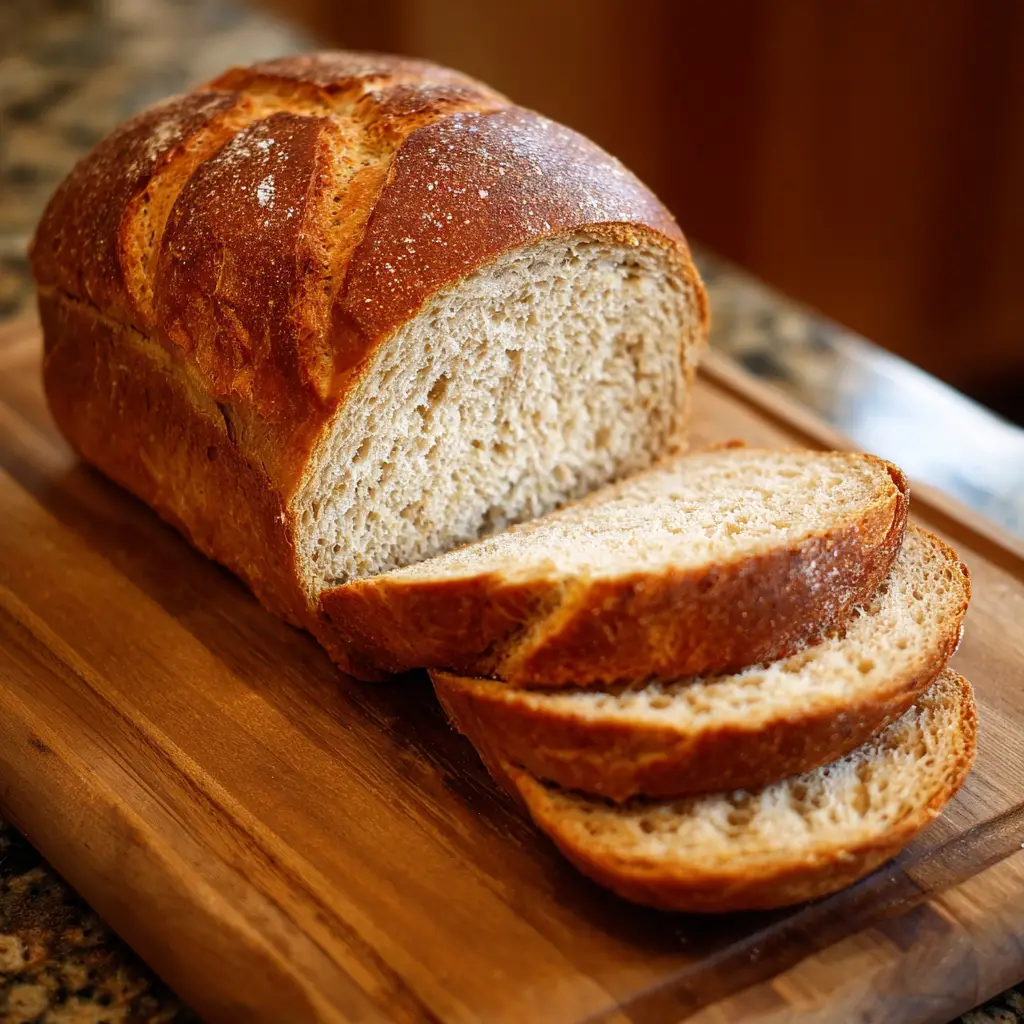
Tips for Customizing the Recipe
Bakers often love adjusting ingredients to suit taste or dietary needs. Add seeds like flax, sunflower, or pumpkin into dough for extra texture and nutrition. Try replacing one quarter of whole wheat flour with white whole wheat or bread flour if crumb feels too dense.
Sweetness level can be adapted. Use maple syrup instead of honey for unique flavor. For gluten free preference explore blends that include xanthan gum and special whole wheat style alternative flours designed for baking.
Experiment with fermentation time. A longer first rise in refrigerator overnight yields a deeper nutty flavor and improves digestibility. When dough rests slowly and coolly flavor compounds develop in ways that faster processes cannot mimic.
Enhance crust by brushing a little melted butter or water on top before baking. Sprinkle oats or coarse salt for beautiful finish. Creative bakers may swirl cinnamon sugar inside for sweet breakfast style variation.
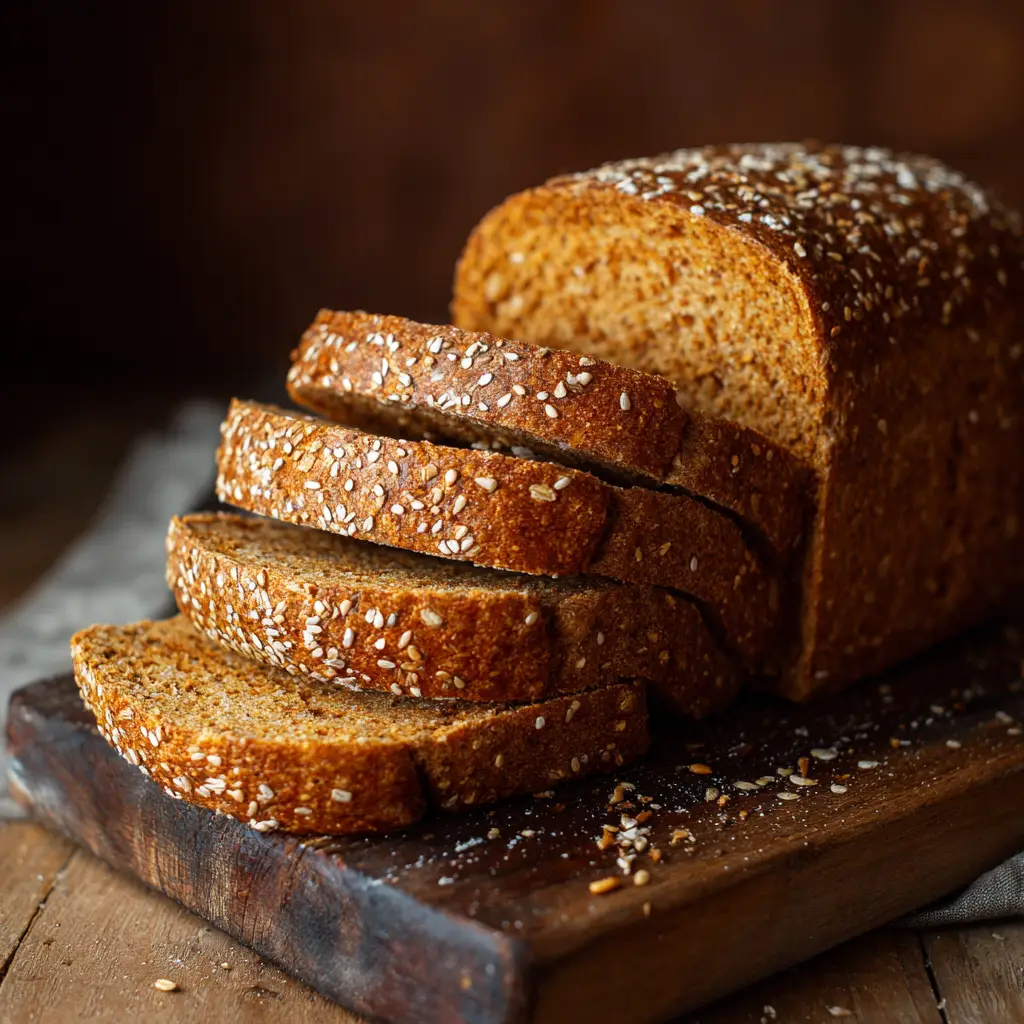
Nutritional Information
Whole wheat bread stands out as a nutrient dense staple. Each slice typically provides fiber, complex carbohydrates, protein, essential minerals, and B vitamins naturally present in whole grain. Compared to refined white bread whole wheat retains the bran and germ, doubling fiber content and increasing micronutrient density.
One average slice (approx. 50 g) delivers around 120 to 130 kcal. It contains approximately 4 to 5 g of protein, 2 to 3 g of fiber, and minimal fat unless enriched. Whole wheat promotes steady blood sugar response thanks to fiber and slower digestion. It supports digestive health and sustained energy release. Nutrient rich flour also provides iron, magnesium, zinc, and selenium along with vitamin B complex like niacin, thiamin, riboflavin.
Adding seeds, nuts or whole grains lifts nutritional profile further. Each additional tablespoon of flax seeds brings healthy omega‑3 fats and lignans. Choosing honey or molasses instead of refined sugar adds trace minerals like manganese and iron, plus additional antioxidants.
Serving Suggestions
Serving slices of warm whole wheat bread opens many creative possibilities. Toast with avocado mash, sliced tomato, and a sprinkle of coarse sea salt makes for balanced savory breakfast. Spread almond butter and fresh berries on toast for a sweet and protein rich snack.
Pair with hearty soups like lentil stew or chunky vegetable chili. A side slice lightly toasted and buttered brings satisfying crunch. Transform slices into grilled sandwiches with melted cheese, spinach leaves, and roasted mushrooms for elegant but simple comfort meal.
For brunch offer open‑faced sandwiches topped with smoked salmon, cream cheese, dill, capers on toasted whole wheat slices. Whole wheat bread also shines when paired with breakfast eggs. Use thick slices to soak up runny yolk. Drizzle with olive oil, sprinkle herbs, press into pan for warm egg toast.
Serve cubes toasted in olive oil and tossed with garlic and herbs to create crunchy homemade croutons for salads or soups. Whole grain breadcrumbs made from slightly dried leftover slices become excellent coating for fish, chicken or baked vegetables.
Whole Wheat Bread Recipe | Healthy, Homemade, and Easy to Bake
Course: Blog12
servings15
minutes40
minutes~130 kcal
kcalIngredients
Whole wheat flourt3 cups (360 grams)
Warm watert1⅓ cups (320 ml)
Active dry yeastt2¼ teaspoons
Honey or molassest2 tablespoons
Olive oil or melted buttert2 tablespoons
Salt
Directions
- Activate the Yeast
- In a bowl, combine warm water and yeast. Let it sit for 5 to 10 minutes until frothy.
- Mix the Dough
- Stir in honey or molasses, oil or butter, and salt. Gradually add whole wheat flour, mixing until a soft dough forms.
- Knead the Dough
- Transfer to a floured surface and knead for about 10 minutes until smooth and elastic.
- First Rise
- Place dough in an oiled bowl, cover with a clean towel, and let rise in a warm spot for 60 to 90 minutes or until doubled in size.
- Shape the Loaf
- Punch down dough, shape into a loaf, and place in a greased loaf pan.
- Second Rise
- Cover and let rise again for 30 to 45 minutes, until the dough has risen slightly above the edge of the pan.
Recipe Video
Notes
- For a softer loaf, replace ½ cup of whole wheat flour with bread flour.
Add seeds or nuts for extra texture and nutrition.
Let bread cool fully before slicing to avoid a gummy texture.
You can store the bread in an airtight bag at room temperature for 3 to 4 days or freeze for longer freshness.
Frequently Asked Questions
What makes whole wheat bread healthier than white bread
Whole wheat includes bran and germ preserving fiber, B vitamins, minerals and antioxidants lost in refined white flour. Fiber supports digestion and steadier blood sugar.
Why does whole wheat bread sometimes feel dense
Whole wheat flour absorbs more liquid and contains less gluten forming proteins. Kneading technique and using a bit more liquid or mixing with higher protein white whole wheat or bread flour improves rise and lightness.
Can I use active dry yeast without proofing
Activating yeast in warm water ensures it is alive and reduces failed loaves. Skipping proofing risks yeast inactivity. Allow gentle bubbling before adding other ingredients.
How can I store whole wheat bread to keep it fresh
Cool completely on wire rack then store in cloth bag or loosely sealed container at room temperature. Freeze slices wrapped tightly for longer preservation. Toasting helps revive texture once thawed.
Is whole wheat bread suitable for people watching sugar or carbs
It still contains carbohydrates but offers fiber and more nutrients than refined options. Portion size matters. One slice in balanced meal fits many dietary plans.
Conclusion
Baking a loaf of whole wheat bread feels like nurturing food coming alive under your hands. Each stage from mixing to kneading to watching it rise engages senses and deepens connection to tradition and wellness. A loaf emerging golden and fragrant delivers comfort, nourishment, and pride. Sharing slices with family or friends brings warmth to any meal.


